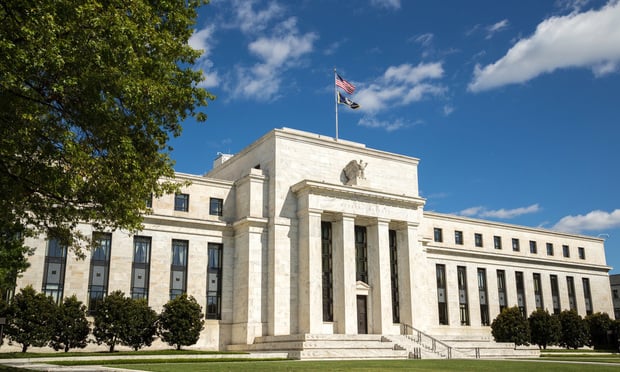GlobeSt.com: Give us a national overview on the stateof the investment market.
White: It seems to be changing almost daily. Inthe past week, it seems that maybe we bottomed out. Look at thestock market and the strong retail sales and the victories inKabul. Today, people are more optimistic than they've been sinceSept.11.
Continue Reading for Free
Register and gain access to:
- Breaking commercial real estate news and analysis, on-site and via our newsletters and custom alerts
- Educational webcasts, white papers, and ebooks from industry thought leaders
- Critical coverage of the property casualty insurance and financial advisory markets on our other ALM sites, PropertyCasualty360 and ThinkAdvisor
*May exclude premium content
Already have an account?
Sign In Now
© 2024 ALM Global, LLC, All Rights Reserved. Request academic re-use from www.copyright.com. All other uses, submit a request to [email protected]. For more information visit Asset & Logo Licensing.








